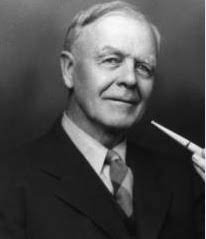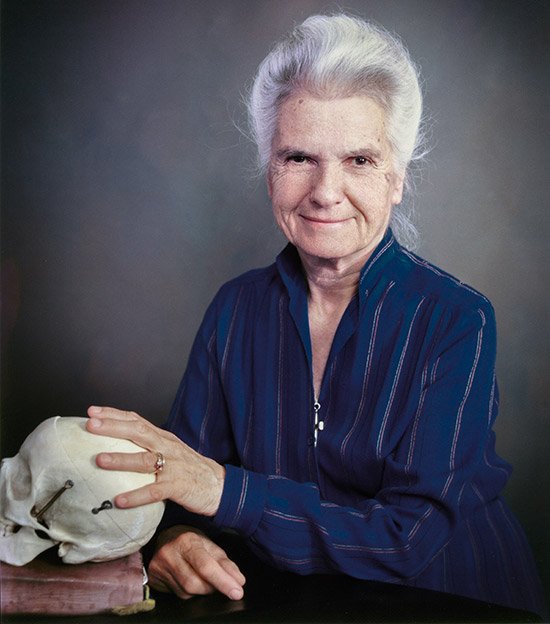
**Patients looking to book the Vancouver location must do it through the “Contact” section of this website. Make sure you select the right location.
Welcome!
Are you tired of living with chronic pain, limited mobility, have tried many treatment modalities with limited resolution or simply feeling unbalanced and need support going through a difficult time? Look no further! Anouk Sanchez Osteopathy is here to provide you with a patient-centred practice that focuses on finding the best holistic treatment solution based on the modality of Osteopathy. With my extensive knowledge and expertise in osteopathy, I am dedicated to helping you regain optimal health and well-being.
-

Meet Anouk Sanchez, DOMP
I am an Osteopathic Manual Practitioner (DOMP) who graduated from the Canadian School of Osteopathy, Manual Practice in Vancouver, in 2015. This campus is part of the CEO-CSO-CCO group of colleges that have their founding at The Collège d’Études Ostéopathiques de Montréal, the first Osteopathic College to open in Canada. The CEO-CSO-CCO follows the World Health Organization guidelines for the training of osteopathic practitioners which holds the highest standards. I am a member of Osteopathy BC which is also part of the Canadian Federation of Osteopaths. I have a Diploma in Human Kinetic-Exercise Science from the College of the Rockies and part of the Canadian Society of Exercise Physiologist as a Certified Personal Trainer CSEP-CPT.
My sessions are provided both in English or French.
The philosophy of osteopathy acknowledges that the body is an interdependent unit in which all systems have an impact on and depend on each other. As a result, an osteopathic manual practitioner takes into account not only the musculoskeletal system, but also the nervous, circulatory, respiratory, and other systems when assessing and treating a patient. By addressing imbalances or dysfunctions in these interconnected systems, osteopathic manual practitioners aim to ease symptoms, alleviate pain, and promote the body's natural ability to heal itself. Rather than concentrating solely on symptom management, this approach aims to address the underlying causes.
About Osteopathy
Andrew Taylor Still, Founder of Osteopathy
William Sutherland, DO, Craniosacral Osteopathy
Viola Frymann, DO, Researcher in the field of Pediatrics in Osteopathy
Treatment Modalities
The following modalities are used during your osteopathic session depending on the goal of the session, the general state of your system and the evaluation performed at the beginning of your session with Anouk. These techniques are not performed on demand but rather used in a tailored fashion based on your body’s needs.
-
Cranio-Sacral refers to the gentle techniques used to treat the cranio-sacral system. Through the protective membranes of the brain that extends down the spine around the spinal cord, the cranium (head) becomes mechanically and functionally connected to the sacrum and the pelvis. These techniques address tensions around the nervous system and help the proper regulation of all the systems.
-
A gentle therapy that focuses of the ligamentous suspension of the viscera (organs) and of their proper mobility and motility within themselves and with their surrounding organs, mechanical structures (bones and muscles), blood, nerves and lymphatics vessels.
-
Various techniques used to address dysfunctions of the joints. From energetical impulses to low amplitude low velocity adjustment
-
Myofascial techniques are a collection of soft tissue manipulations including the fascias, ligaments, and muscles. The result is relaxation of muscles, increased blood and fluid circulation and increased range of motion locally, regional and/or globally.
-
This modality targets the more subtle systems of the body. The practitioner uses the vital forces of the body and the external forces around us to increase energetic balance and flow.
-
It is a form of manual therapy, widely used in Osteopathy, that uses a muscle’s own energy in the form of gentle isometric contractions to relax the muscles via autogenic or reciprocal inhibition and lengthen the muscle. MET is an active technique in which the patient is also an active participant. MET is based on the concepts of Autogenic Inhibition and Reciprocal Inhibition.
-
The fluidic protocol is a palpation skill more than a technique in itself. The practitioner access the interstitial fluids in the body and assess locally, regionally or globally whether or not they can circulate freely. This skill can be applied to any area in the body and helps with fluid stagnation and congestion which in turn can help relieve a variety of ailments, from concussions to joint pain.
-
As part of most osteopathic session, we discuss the physical activities and habits of the patient to know if any movement or exercise that is practiced regularly is incorrectly performed and therefore contributing to the problem addressed throughout the session. This exercise knowledge and prescription is based on the teaching of exercise science from the Canadian Society of Exercise Physiologists.
Common Reasons for Consultation
-

Chronic Pain and Injury
Concussions
Car Accidents
Sports Injuries
Headache/Migraines
Lower back pain/Neck Pain
Muscle tears/strains
Joints sprains
Assist in rehabilitation of injuries
…More
-

Pediatric Care
Difficult Birth
Forceps/Ventouse/Vacuum
Gastro Esophageal Reflux
Colics
Latching/Suckling/Breast feeding issues
Primary Reflexes and Motor Development
Plagiocephaly (Flat head)
Fussiness
Excessive hickups
…More
-

Women's Health
Irregular periods
Painful periods
Excessive bleeding
Hormonal dysregulation
Fertility issues
Pain with intercourse
Pain related to sexual trauma
Endometriosis
…more
-

Post Surgery Care
Preparation for surgery
Fascial work on scars immediately after surgery or years after
Abdominal scar/Laparoscopy procedure scars
Arthroscopic scars (joint surgeries)
Dysregulation in Central Nervous System after general anesthesia
…more
-

Digestive and Pelvic Problems
Heart burns
Difficulty swallowing
Bloating
Discomfort after eating
Gassiness
Constipation
…more
-

Ear, Nose and Throat
Chronic Sinus infection
Chronic ear infections/Pain
Tinnitis
Excessive mucous
TMJ pain
Teeth clenching/grinding
Uneven bite
Clicking in jaw
Braces support
Dental procedure/Extraction recovery help
…more
-

Stress and Anxiety
Sleeping issues
Stress
Anxiety
Feeling tight in chest
Feeling tight in neck and shoulder
Life dysregulation due to stress
Feeling like body cannot take it anymore or that something is wrong after a bout of stress
Emotional/Psychological/ Childhood trauma
…more







